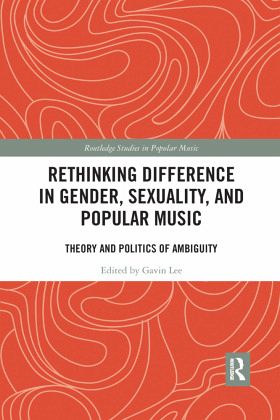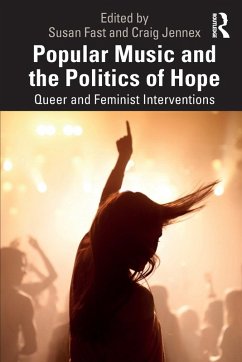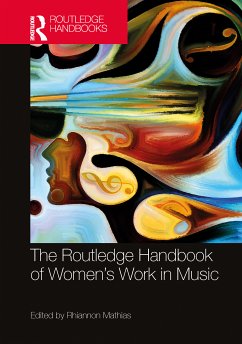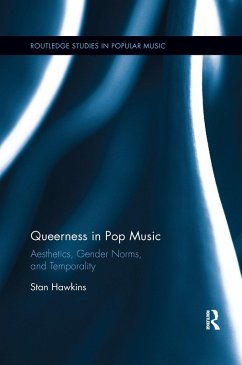
Rethinking Difference in Gender, Sexuality, and Popular Music
Theory and Politics of Ambiguity
Herausgegeben: Lee, Gavin
Versandkostenfrei!
Versandfertig in 6-10 Tagen
46,99 €
inkl. MwSt.

PAYBACK Punkte
23 °P sammeln!
In studies of gender and sexuality in popular music, the concept of difference is often a crucial analytic used to detect social agency; however, the alternative analytic of ambiguity has never been systematically examined. While difference from heterosexual norms is taken to be the multivalent sign of resistance, oppression, and self-invention, it can lead to inflated claims of the degree and power of difference. This book offers critically-oriented case studies that examine the theory and politics of ambiguity. Ambiguity means that there are both positive and negative implications in any gen...
In studies of gender and sexuality in popular music, the concept of difference is often a crucial analytic used to detect social agency; however, the alternative analytic of ambiguity has never been systematically examined. While difference from heterosexual norms is taken to be the multivalent sign of resistance, oppression, and self-invention, it can lead to inflated claims of the degree and power of difference. This book offers critically-oriented case studies that examine the theory and politics of ambiguity. Ambiguity means that there are both positive and negative implications in any gender and sexuality practices, both sameness and difference from heteronormativity, and unfixed possibility in the diverse nature of discourse and practice (rather than just "difference" among fixed multiplicities). Contributors present a diverse array of approaches through music, sound, psyche, body, dance, performance, race, ethnicity, power, discourse, and history. A wide variety of popular music genres are broached, including gay circuit remixes, punk rock, Goth music, cross-dress performance, billboard 100 songs, global pop, and nineteenth-century minstrelsy. The authors examine the ambiguities of performance and reception, and address the vexed question of whether it is possible for genuinely new forms of gender and sexuality to emerge musically. This book makes a distinctive contribution to studies of gender and sexuality in popular music, and will be of interest to fields including Popular Music Studies, Musicology/Ethnomusicology, Cultural Studies, Queer Studies, and Media Studies.












